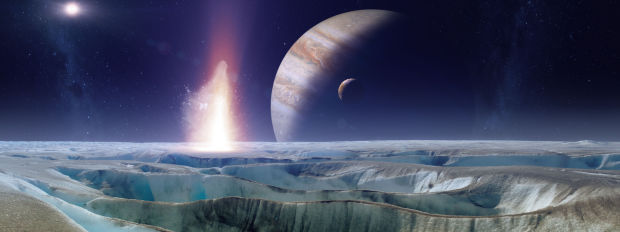NASA’s OSIRIS-REx mission, led by the University of Arizona’s Lunar and Planetary Laboratory, is set to blast off in nine days.
It will take about two years for OSIRIS-REx to reach asteroid Bennu on a flight of 1.2 billion miles.
The spacecraft will enter solar orbit after launch. After one year, it will perform a close flyby of Earth and use our planet’s orbital energy to slingshot toward the asteroid.
To rendezvous in 2018, the spacecraft will have to reach the same spot in space at the same time Bennu does, traveling at an exact speed and direction.
OSIRIS-REx, which will have been zooming along at 63,000 mph, will use numerous small thrusters to slow down and approach Bennu at a relative speed of half a mile per hour. The craft will then spend the next year surveying the asteroid at different distances, mapping and finding the best location for retrieving a sample in 2020.
By the time it returns to a position just outside Earth’s atmosphere in 2023 to release the sample capsule for a parachute landing in Utah, OSIRIS-REx will have traveled more than 4 billion miles through space.





